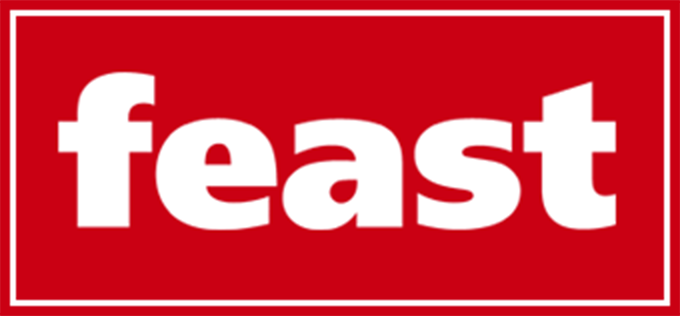Once written off as a thing of the past, the 9–5 schedule is quietly making a comeback. Numerous professionals are rediscovering the stability that comes with structured time after years of digital freedom and unending Zoom fatigue. It’s a return to balance rather than monotony, a rhythm that keeps life and work apart.
This silent resurgence started quietly. Tech behemoths like Dell and Amazon began reminding staff members to report to work five days a week. The terms “collaboration,” “team culture,” and “innovation” were used by leaders. Deeper motivations were hidden beneath those words, including underutilized office space, declining productivity, and the need for human touch. Despite all of its shortcomings, there is still a certain allure to the office.
For some workers, going back to work is like getting their sanity back. The conventional workday provides respite after years of remote routines blending into late-night emails and continuous notifications. It was like “finally having an off switch again,” according to a Chicago marketing manager. The limited workday, which is punctuated by a commute and a clock-out, feels like a boundary that has been restored rather than a burden.
| Name | Henry Ford |
|---|---|
| Profession | Industrialist, Business Magnate |
| Known For | Founding Ford Motor Company, introducing the 9-to-5 workday |
| Born | July 30, 1863, Michigan, U.S. |
| Died | April 7, 1947 |
| Notable Achievement | Revolutionized labor with the eight-hour workday in 1914 |
| Influence | Shaped modern corporate labor structures and productivity models |
| Reference Link | https://www.history.com/this-day-in-history/ford-motor-company-announces-five-day-workweek |

The rediscovery of structure in the chaotic digital age is a broader social trend that bears a striking resemblance to this sentiment. The distinct rhythm of office hours feels remarkably grounding, much like people are going back to analog hobbies like journaling or vinyl. Once rebelling against routine, workers now embrace its predictability.
However, not everyone is as hopeful. Critics see this comeback as a covert attempt to regain control by corporate coercion. Companies with traditionalist executives, who are typically men who are used to being physically present, are much more likely to enforce stringent office policies, according to research from the University of Pittsburgh. The explanations frequently combine personal preference with business logic. They miss authority, visibility, and maybe a sense of structure that remote work destroyed.
Online debates expose yet another level of doubt. One Reddit user complained that their company’s decision to return to a five-day workweek felt like “a strategy to make us quit without severance.” Others think that contracts for commercial real estate and tax incentives have covert functions. Empty offices are costly representations of lost power, after all. On the other hand, busy floors appear noticeably better in quarterly reports and investor tours.
There is a case to be made for the return of the 9-to-5 being especially advantageous, despite the cynicism. Spontaneous collaboration—those conversations in the hallway that generate ideas more quickly than planned video calls—is improved by structured office time. According to Elon Musk, who is well-known for demanding intensity, creativity flourishes when people “share the same space and energy.”
A social comeback is also fueled by that same energy. Loneliness subtly spread like wildfire in those remote years. Numerous professionals acknowledged that they missed the companionship that came with group brainstorming sessions or coffee breaks. Despite its flaws, the workplace serves as a tiny ecosystem for interpersonal relationships. Going back to it restores a sense of belonging in addition to increasing output.
However, the resurrected 9-to-5 is not the same as the original Ford model. The updated version incorporates flexibility into its structure, making it more versatile. Google’s “anchor days,” which require staff members to be present only for important meetings, have proven to be very effective. Flexible start and end times in hybrid setups foster collaboration while maintaining autonomy. It is a contemporary rhythm that is more deliberate and less industrial.
Economic logic also comes into play. Research indicates that prolonged full remote work tends to reduce productivity, particularly in creative industries. However, the human side makes the stronger case. “I work faster in person because my brain clicks into focus mode,” an Amazon engineer said. Remote work rarely sets off the psychological switch that indicates readiness, which is signaled by the mere act of entering an office.
But this change has brought disparities to light. Full office returns can be difficult for parents, caregivers, and employees with disabilities. They saw flexibility as a liberation rather than merely a benefit. According to data from FlexJobs, when faced with stringent RTO requirements, over half of remote workers either quit or thought about quitting. Businesses’ values are still put to the test by the conflict between efficiency and inclusivity.
Trial and error is how some organizations learn. Following employee backlash, H&R Block abandoned the rule that required three office days per week. Teams now create their own schedules, which improves retention and morale. Because it views structure as a tool rather than a trap, this strategy is especially novel and is becoming more popular among younger managers.
It’s interesting to note that cultural weariness with “hustle culture” coincides with the return of the 9–5 workday. Online influencers used to promote constant work for years, but these days the focus is on moderation and mental health. Once viewed as restrictive, the office’s limited schedule now feels protective. It serves as a built-in defense against burnout by reminding workers that work should complement their lives rather than take over them.
The original goal of Henry Ford’s 9–5 revolution was to make work more humane rather than mechanical. His theory was that employees who got enough sleep performed better, which is still a very relevant idea today. Many businesses are going back to that same philosophy, whether consciously or unconsciously, as they reevaluate the limits of productivity. Separation, predictability, and rest are all in vogue again.


